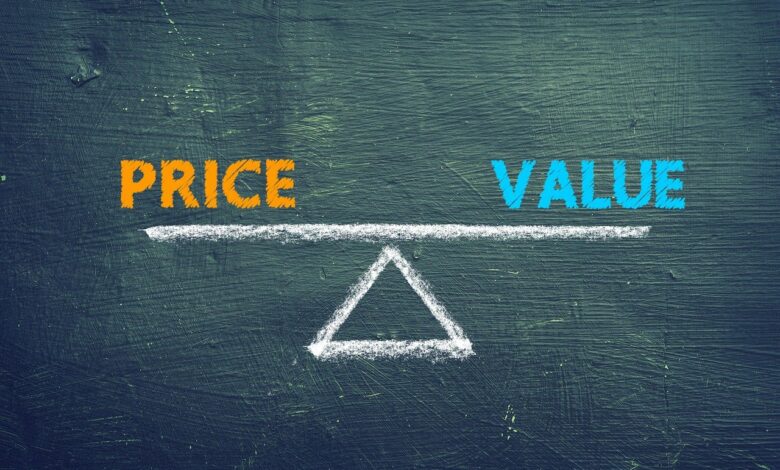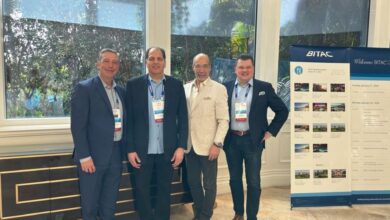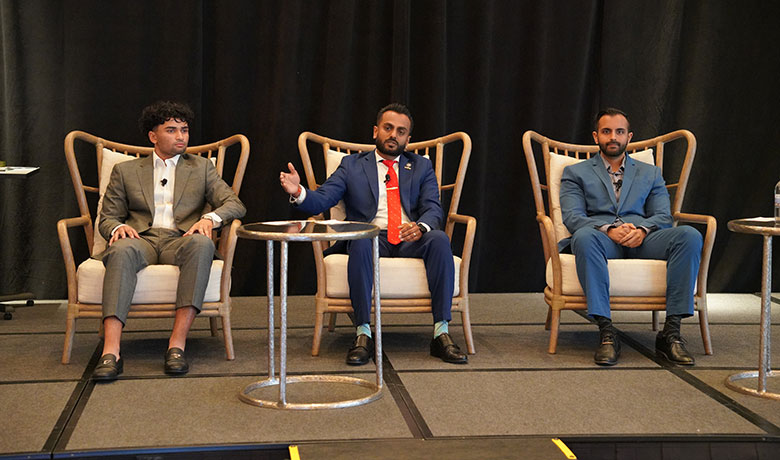
Wellness for Beyond 2024 via Analysis of Customer Lifetime Value
By Larry and Adam Mogelonsky | November 1, 2024
Wellness is a huge growth industry for hotels and it will have a tremendous impact on numerous segments for the latter half of the 2020s. This ranges from spa circuits, healthy F&B and exercise classes through to wellness-oriented room categories or shoulder season retreats. Besides helping guests improve their health and wellbeing (and in turn, satisfaction for the hotel), the business side can realize tremendous gains from wellness in terms of the boost to ancillary spend.
As any analysis always comes down to the numbers, we want to show just how big the opportunity is for trendsetting hotel brands by looking at the long-term effect that incorporates wellness’s propensity to increase loyalty and return visits, as well as the effect of lifespan extension on the probability for more return visits.
In helping hotel owners wrap their heads around the potential value of wellness programming for their properties, we can estimate the growth in ancillary spend as reflected in total revenue per available room (TRevPAR) that can factor in stay-independent revenue streams or revenue per guest (RevPAG) that can help to discern the different spending habits of multiple occupants under a single guest profile. Another great KPI is to look at wellness’s ability to elongate length of stay (LOS), where the rule of thumb is that the longer a guest stays with you, the more ancillary capture you have while the average CPOR (cost per occupied room) goes down because there are fewer check-in procedures, checkout cleans, occupancy gaps.
But the true chef’s kiss to all this is the value that wellness can theoretically unlock is customer lifetime value (CLV). As a point of order, there’s also lifetime value (LTV) which is the aggregate version of CLV by looking across all guest profiles or segments. Let’s stick with the former, granular metric for now.
Without getting into too much conjecture and postulating, basically people that have healthier habits by and large end up living larger (longer lifespan). As well, these wellness-oriented individuals are also more likely to have a portion of that lifespan enjoyed in good health and not housebound (greater healthspan). Together, it follows that healthier individuals have more time to travel and remain loyal to their hotel brands of choice.
In its simplest form, the equation for CLV in a hospitality sense looks as follows:
CLV = (avg. spend per stay) x (projected stay frequency per year) x (remaining healthspan in years)
To keep this argument straightforward and relatively short, we aren’t incorporating advanced mathematics or other elements like churn rate, profit margins and the discount rate of money. So, as a baseline, let’s start by inputting the numbers for a corporate guest in their 20s:
- Average spend per stay = $500 (representing an average length of stay of two nights with no F&B or other ancillary spend)
- Annual stay frequency = 1 (meaning this guest is projected to come once a year, with this measurement being brand-wide and not just for a singular property within a group)
- Remaining healthspan = 45 (assuming current age of retirement and medical advances)
- CLV = $22,500
Yes, there are a ton of assumptions here, but we can nevertheless look at how wellness can boost all three variables. Namely, wellness allows hotels to generate higher TRevPAR (due to commanding higher nightly rates or through more ancillary spend) as well as giving guests a stronger reason to stay longer and justifying more frequent return visits.
Now let’s have some fun with a hypothetical situation. For average per-stay spend, take the aforementioned example with its $250 per night rate but change the guest context to a wellness-oriented getaway at double occupancy. Let’s also suppose that this property doesn’t have a spa facility as not every hotel does, nor is it logical to assume one can be retrofitted within this current structure. For ancillaries, we’re going to add an upsold ‘sleep well’ turndown service at $15 per night and two couples dinners off the new health-minded prix fixe menu totaling $150 including alcohol per night. Together, that’s already an increase of 66% to $830 per stay.
Next, for frequency, it is hard to beat the reservations volume of a road warrior executive who travels every week or every other one and has their loyalty program of choice. In the post-pandemic world, these are a dwindling breed. For most other guest contexts, though, wellness programming offers a veritable ‘reason to visit’ independent of a pure-location rationale like a work trip. Unwinding, rejuvenating, recharging, digital detoxing and staying fit while abroad all contribute to the emotional thrust of why guests choose wellness-oriented brands over others. Let’s take frequency up by 25% to 1.25.
The third variable is where things get interesting. While the science is still out on extending human life beyond its current limits as defined by mortality tables, we do know that staying healthy is the best way to reduce causes of early death like congestive heart failure, thereby extending healthspan. Put another way, if the maximum lifespan is held at 100, wellness habits would work to allow a consumer to sustain their vigor for 90 of those years rather than having chronic ailments hinder regular travel beyond age 80. Taking this 10-year bump as a back-of-the-envelope gauge, it brings the healthspan up to 55 years.
Now to bring it all together:
- Average spend per stay = $830
- Annual stay frequency = 1.25
- Remaining healthspan = 55
- CLV = $57,062.50 (a 254% increase)
Just so we are crystal clear, there are lots of assumptions built in here to arrive at this 2.5 times boost to CLV, not to mention net profit analyses that are necessary because many of these wellness services are expensive to execute. But even if we pare down some of the boosts, the positive revenue effect should be patently clear: investing in wellness will boost CLV and long-term brand value.




